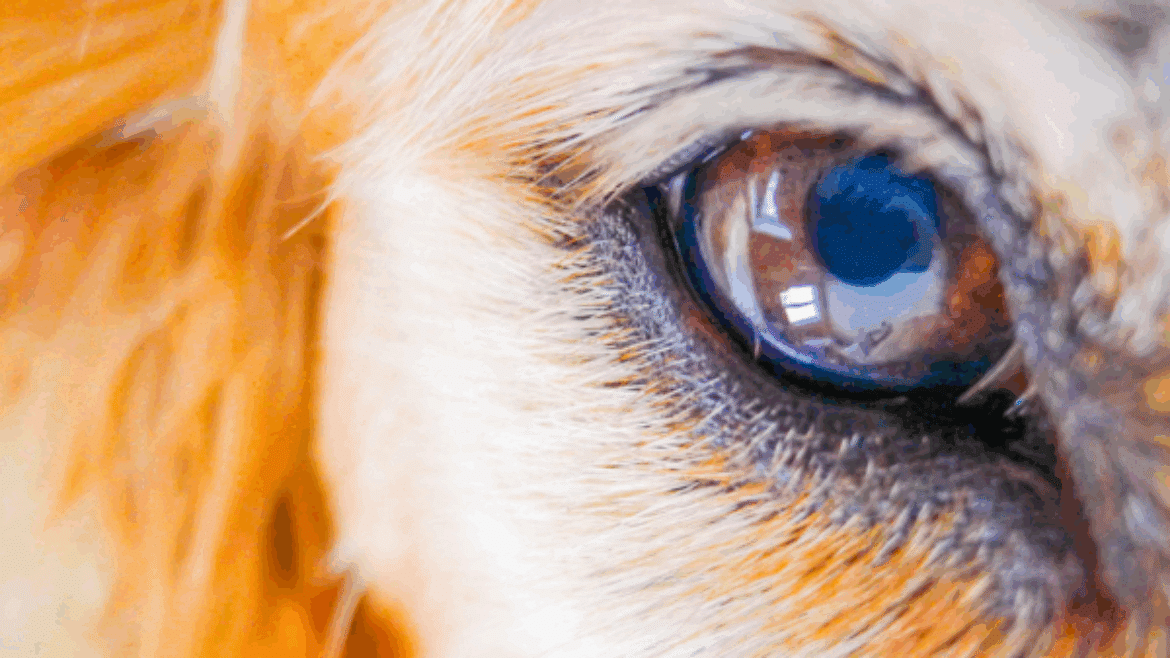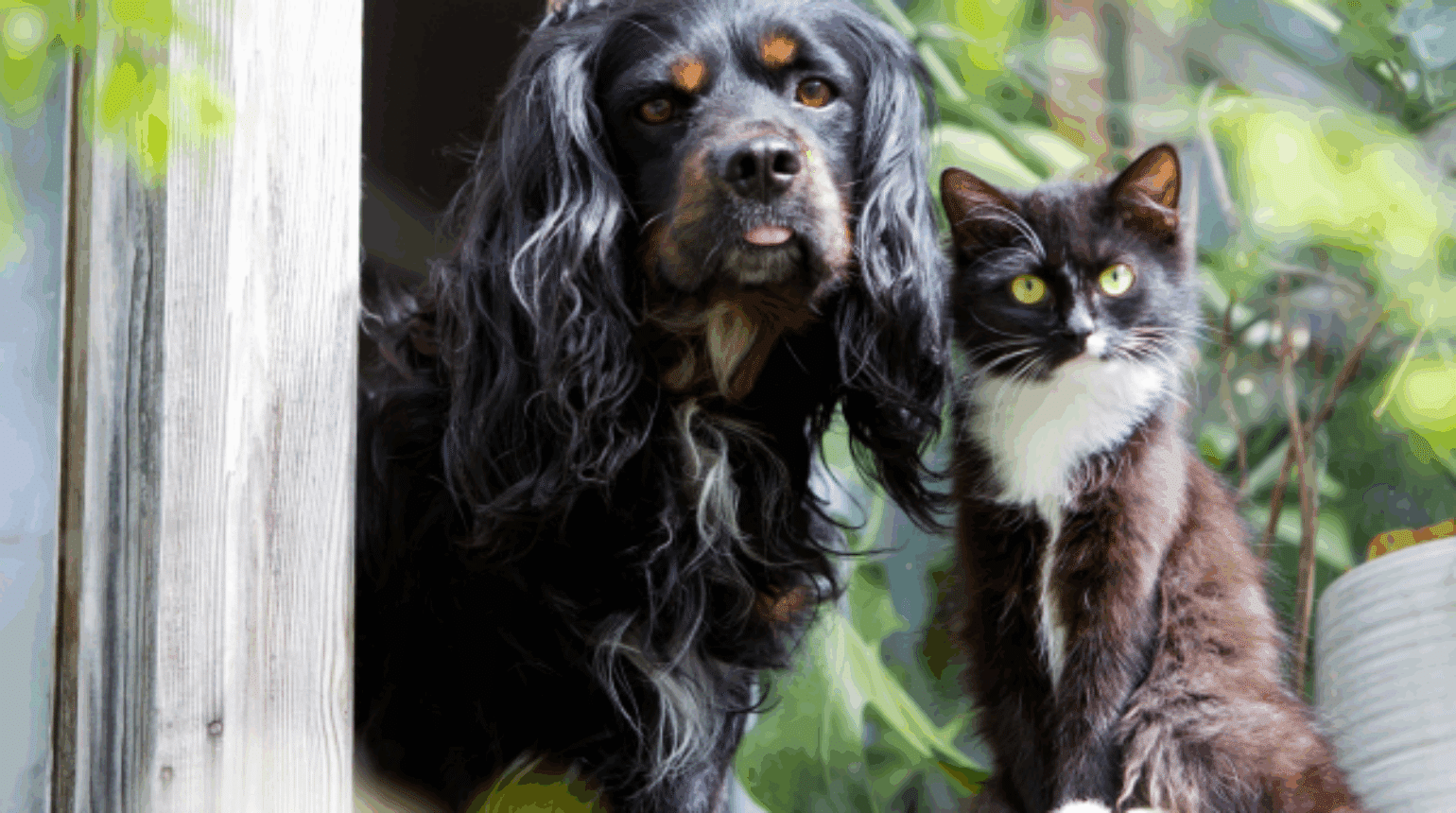Keratoconjunctivitis sicca in the dog: diagnosis, causes and treatment
Today’s episode focuses on keratoconjunctivitis sicca (KCS)—commonly known as “dry eye” in dogs.By Dr James Oliver, European and RCVS Specialist in Veterinary Ophthalmology, Head of Ophthalmology at Dick White Referrals, and Honorary Associate Professor at the University of Nottingham.
What You’ll Learn in This Episode
- The pathophysiology and clinical signs of KCS in dogs
- Diagnostic techniques including the Schirmer tear test
- Causes and breed predispositions
- First-line and second-line medical treatments
- When surgery is appropriate
- How to educate owners for long-term management
If you are a vet and would like more information on Bova UK and formulations manufactured then please email office@bova.co.uk so we can put you in touch with your territory manager.
Transcripts
Keratoconjunctivitis sicca in the dog: diagnosis, causes and treatment
Host:
Welcome to the Bova UK Podcast, where we discuss diseases from diagnosis through to management. These podcasts are intended for registered vets and veterinary nurses. If you’re listening as a pet owner, we always advise you to consult your local veterinary surgeon for any concerns regarding your animal.
Today, I’m joined by the brilliant James Oliver, European and RCVS Specialist in Veterinary Ophthalmology. James is the head of ophthalmology at Dick White Referrals in Newmarket and an Honorary Associate Professor at the University of Nottingham. Welcome, James!
James:
Thanks, Lizzie. Great to be here.
Host:
So, I imagine you’re kept incredibly busy leading such a large ophthalmology team at Dick White Referrals?
James:
Yes, definitely! We started the service in 2013, and it’s grown steadily. We now have a team of 10 vets in the ophthalmology department, so it’s a full-on but fantastic team.
Host:
You also teach at Nottingham University—how’s that going, especially post-COVID?
James:
Really well, actually. The Nottingham students still come to us for their rotations. They’re always keen and eager to learn, and we really enjoy having them. It’s a valuable experience for them to see a multidisciplinary referral hospital in action.
Host:
Absolutely. Now, you were our very first Bova Scholars webinar speaker back in 2019—great to have you back! Today’s topic is keratoconjunctivitis sicca, or KCS, in dogs. I’ll let you pronounce that properly!
James:
Sure—keratoconjunctivitis sicca, commonly known as KCS or “dry eye.” The term refers to inflammation of the cornea and conjunctiva due to insufficient tear production. But for ease, we can stick with “KCS” for the rest of our chat!
Host:
Much appreciated! And this is primarily a canine issue, correct?
James:
Yes, almost exclusively. It’s very rare to diagnose dry eye in cats or horses—so for practical purposes, it’s a canine disease.
Understanding the Disease
Host:
What are the typical clinical signs of KCS that vets or owners might notice?
James:
It depends on the severity and duration. Early signs might include conjunctivitis, discharge, or ocular discomfort. In more advanced or acute cases, you can see corneal ulceration, vascularisation, pigmentation, and even corneal rupture in extreme situations. Chronic cases may result in scarring and significant visual impairment.
Host:
So if a dog presents with ocular surface disease, is KCS routinely considered and tested for?
James:
Absolutely. If a vet sees any signs of eye discomfort or discharge, a Schirmer tear test (STT) should be performed—unless it’s unsafe, like in a case of deep corneal ulceration.
Diagnosing Canine Dry Eye (Keratoconjunctivitis Sicca)
Host:
Could you explain the Schirmer tear test for those unfamiliar?
James:
Of course. It’s a simple, in-practice test using a paper strip placed under the lower eyelid. It measures tear production in millimetres per minute. Normal tear production is typically over 15 mm/min. Values below 10 mm are considered diagnostic for KCS. It’s quick, easy, and widely used.
Host:
Are there any alternative tests?
James:
There’s the phenol red thread test, mainly used in small species. But more practically, a thorough clinical exam using slit-lamp biomicroscopy is essential. Additional tests like fluorescein staining help assess tear film quality and detect corneal ulcers.
Common Causes of Keratoconjunctivitis Sicca in Dogs
Host:
What are the primary causes of KCS?
James:
The most common cause is immune-mediated destruction of the lacrimal glands—particularly in certain breeds. Other causes include drug toxicities (e.g., sulfonamides), anaesthetic agents, neurogenic causes, and congenital conditions.
Host:
Which breeds are most commonly affected?
James:
Cavalier King Charles Spaniels, West Highland White Terriers, Shih Tzus, Lhasa Apsos, and Pugs are among the most commonly affected. But it can occur in any breed.
Treatment Options for Canine Keratoconjunctivitis Sicca
Host:
Let’s talk treatment. What are the options for the various causes?
James:
It depends on the underlying cause:
- Congenital cases are difficult—management is usually limited to lubrication.
- Neurogenic KCS may respond to pilocarpine (oral or topical), but this has variable success and possible GI side effects.
- Immune-mediated KCS is treated with immunomodulatory drugs. The first-line treatment is cyclosporine (licensed as Optimmune in dogs), which helps preserve lacrimal tissue.
Host:
If Optimmune fails, what next?
James:
Then we move to tacrolimus, a more potent calcineurin inhibitor, often compounded as an ophthalmic preparation. It’s particularly useful in refractory cases.
Host:
Would you ever go straight to tacrolimus?
James:
Not unless you’ve exhausted the first-line treatment. According to the cascade system, we must try the licensed product first—Optimmune—for at least 6–8 weeks.
Host:
If medications fail, is surgery an option?
James:
Yes—parotid duct transposition can be considered. It redirects saliva to the eye. But it’s reserved for the rare, severe cases that don’t respond to medical therapy. Even then, patients still often require some medical management and may experience mineral deposits or dermatitis.
Client Communication and Long-Term Management of Canine Dry Eye
Host:
What do you tell owners about managing KCS long-term?
James:
I explain that it’s a lifelong condition requiring daily treatment. Without it, the dog risks permanent vision loss or even loss of the eye. The commitment can be significant—especially for dogs needing multiple medications per day. Ongoing monitoring, including regular tear testing, is essential.
Host:
Can it be prevented?
James:
Not really—not for idiopathic or immune-mediated KCS. Early detection is crucial, though. In Cavaliers with a specific DNA mutation (associated with curly coat and dry eye syndrome), testing can prevent breeding affected dogs. But for most cases, there’s no genetic test available.
Final Thoughts & Take-Home Messages
Host:
Let’s wrap up with your key take-home messages for vets.
James:
- Always perform a Schirmer tear test in any dog presenting with ocular surface disease.
- Start treatment early—the earlier you begin, the better the prognosis.
- Cyclosporine is first-line, but be prepared to use tacrolimus if there’s no improvement.
- Lubrication matters—choose good-quality sodium hyaluronate products and emphasise consistent application.
- Communicate with owners—make sure they understand the lifelong nature of the condition and the importance of compliance.
Host:
Brilliant insights, James. Thank you so much for joining us today. I’ve definitely learned a lot—and I’ll still avoid trying to pronounce keratoconjunctivitis sicca! Hopefully, we’ll have you back soon for another discussion.
James:
Thank you, Lizzie. Always a pleasure.
[Outro music]
Disclaimer: These podcasts are intended for registered veterinary professionals. If you’re a pet owner, please consult your local veterinary surgeon for tailored advice regarding your animal’s care.
For more information about Bova UK and our formulations, email: office@bova.co.uk




